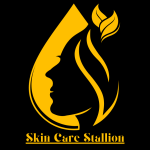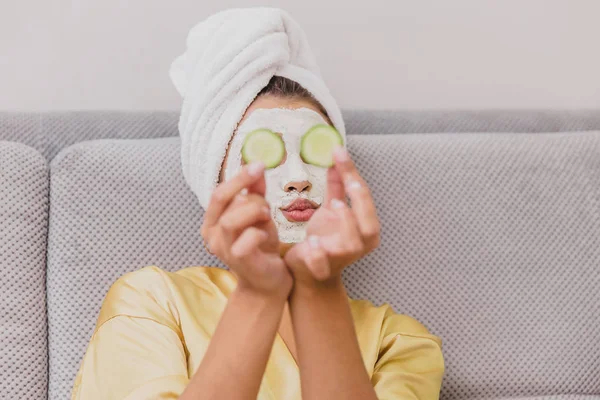What is slugging skincare, and how can this popular beauty trend benefit your skin?
Have you ever wondered how to achieve dewy, hydrated skin overnight without an elaborate routine? Enter the world of slugging skincare, a trend that’s taking the beauty community by storm.
This simple yet revolutionary method involves coating your face in a layer of petroleum jelly or similar occlusive before bed, creating a protective barrier that locks in moisture and enhances your skin’s natural healing processes.
Let’s dive into what slugging skincare is all about and why it might just be the game-changer your nightly routine needs.
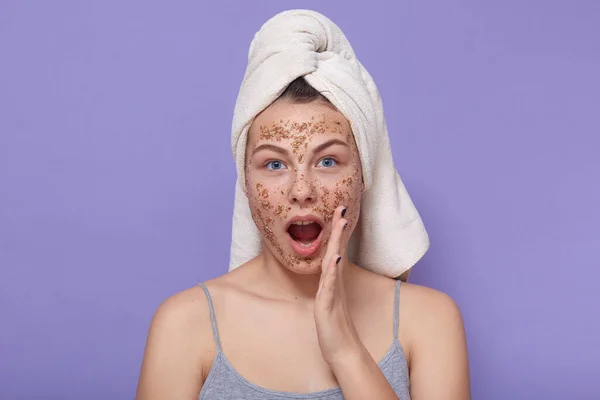
What Is Slugging Skincare
Slugging skincare is a popular beauty trend that involves applying a thick layer of petroleum jelly to your face as the final step in your nighttime skincare routine. This technique helps lock in moisture, preventing water loss and keeping your skin hydrated and plump.
By creating a protective barrier, slugging allows your skin to repair itself overnight. It’s particularly beneficial for those with dry or sensitive skin. Now, let’s dive deeper into the benefits, how to do it, and common concerns associated with slugging skincare.
Benefits of Slugging Skincare
Slugging skincare offers numerous benefits. It helps seal in moisture, making your skin appear dewy and radiant. This technique is especially effective during winter when the air is dry and your skin needs extra hydration. People who struggle with dry patches, flakiness, or eczema find slugging particularly helpful.
Additionally, slugging can enhance the effectiveness of other skincare products, allowing them to penetrate deeper into the skin. Many users report waking up with softer, smoother skin after incorporating slugging into their routine.
How to Do Slugging Skincare
To start slugging, begin with your regular nighttime skincare routine. Cleanse your face thoroughly to remove makeup, dirt, and excess oil. Follow with your usual serums and moisturizers. Once these products have absorbed into your skin, apply a generous layer of petroleum jelly or a similar occlusive agent.
Make sure to cover all areas of your face, paying extra attention to dry spots. Leave it on overnight and cleanse your face as usual in the morning. It’s essential to use a non-comedogenic product to prevent clogged pores and breakouts.
Common Concerns and Misconceptions
While slugging skincare is beneficial for many, some concerns exist. People with oily or acne-prone skin might worry about breakouts. However, using non-comedogenic products can mitigate this risk. Another common misconception is that slugging clogs pores, but when done correctly, it shouldn’t.
It’s also important to note that slugging should not replace your entire skincare routine but rather complement it. Always patch-test new products to avoid adverse reactions.
Understanding Slugging
Slugging is a popular skincare technique that involves applying an occlusive layer, typically petroleum jelly, to the skin as the final step in your nighttime routine. This method is designed to lock in moisture and enhance the skin’s natural barrier.
Detailed Explanation
Slugging originated in the K-beauty world and has gained immense popularity due to its simplicity and effectiveness. By creating a protective barrier over the skin, slugging helps to prevent transepidermal water loss (TEWL). This ensures that your skin remains hydrated and can heal more effectively overnight.
Key Ingredients Used
The most common ingredient used for slugging is petroleum jelly. This versatile product is known for its occlusive properties, meaning it forms a physical barrier on the skin’s surface. Other occlusive agents like mineral oil and lanolin can also be used, but petroleum jelly remains the most popular choice due to its availability and affordability.
How Does Slugging Work?
Slugging works by forming a protective layer on the skin that traps moisture. This occlusive barrier prevents water from evaporating, allowing the skin to retain hydration throughout the night. The mechanism of action is simple yet effective, making it a favorite among skincare enthusiasts.
Benefits for the Skin Barrier
Slugging offers numerous benefits for the skin barrier. By sealing in moisture, it helps to repair and strengthen the skin’s natural barrier, reducing dryness and flakiness.
This technique is particularly beneficial for individuals with dry or sensitive skin, as it provides intense hydration and promotes a healthier, more resilient skin barrier.
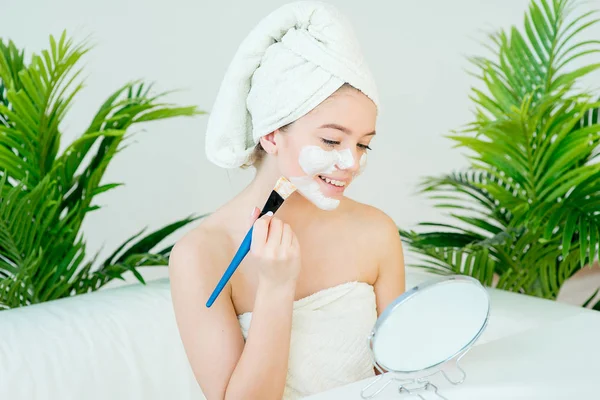
Benefits of Slugging
Hydration
Slugging is a powerful method for deep moisture retention. By forming a protective layer on the skin, it effectively prevents transepidermal water loss. This process ensures your skin stays hydrated longer, combating dryness and dullness.
Skin Barrier Repair
One of the key benefits of slugging is its ability to heal damaged skin. It strengthens the skin’s natural barrier, making it more resilient against environmental stressors. This results in healthier, more robust skin.
Enhanced Skin Texture
For those struggling with rough patches and dry areas, slugging offers a solution. It smooths and softens the skin, improving overall texture and appearance. Regular use can lead to noticeably softer and more supple skin.
Cost-Effectiveness
Slugging is a budget-friendly skincare option. It often uses affordable products like petroleum jelly, which can deliver similar benefits to high-end moisturizers. This makes it accessible for everyone looking to enhance their skincare routine without breaking the bank.
How to Practice Slugging
Step-by-Step Guide
Preparation
Cleansing the Skin
Begin with a thorough cleanse to remove makeup, dirt, and impurities. Use a gentle cleanser that suits your skin type. Clean skin is essential for effective slugging.
Applying Skincare Layers
After cleansing, apply your regular skincare products. Start with toner, followed by serums and moisturizers. Let each layer absorb fully before moving to the next.
Sealing with an Occlusive Layer (Petroleum Jelly)
Once your skincare layers are applied, seal everything in with a thin layer of petroleum jelly. This occlusive layer locks in moisture and prevents water loss overnight.
When to Slug
Nighttime Routine vs. Daytime Use
Slugging is best done as part of your nighttime skincare routine. The thick occlusive layer can make daytime use impractical.
Frequency of Slugging
For most skin types, slugging 2-3 times a week is sufficient. Adjust the frequency based on your skin’s needs and response.
Customization for Different Skin Types
Adjusting Slugging for Dry, Oily, and Combination Skin
For dry skin, slugging can be done more frequently. Oily and combination skin types should use thinner layers and less frequent application.
Considerations for Sensitive Skin
If you have sensitive skin, patch test before slugging. Opt for hypoallergenic products to minimize irritation.
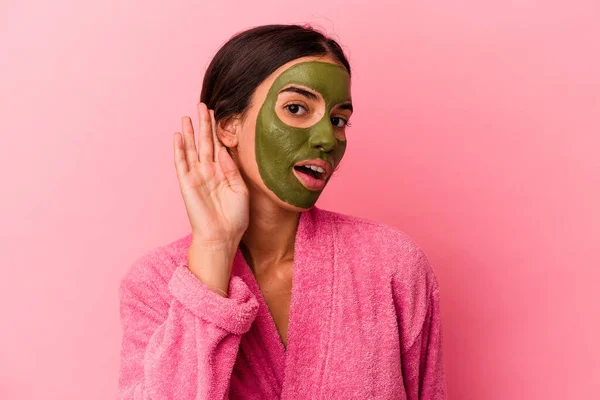
Common Misconceptions
Myth: Slugging Causes Acne
Slugging, a skincare technique involving the application of petroleum jelly or occlusive products, does not inherently cause acne. Many people mistakenly believe that slugging clogs pores, leading to breakouts. However, when done correctly, slugging can be beneficial even for acne-prone skin.
Clarifying the Impact on Acne-Prone Skin
To avoid breakouts, ensure your skin is clean and properly moisturized before slugging. Use non-comedogenic products under the occlusive layer. This helps lock in moisture without clogging pores.
Tips for Avoiding Breakouts
Cleanse thoroughly before slugging.
Apply a lightweight, non-comedogenic moisturizer.
Use a thin layer of occlusive product.
Monitor skin reaction and adjust as needed.
Myth: Slugging is Only for Dry Skin
While slugging is highly beneficial for dry skin, it is also advantageous for other skin types. Oily, combination, and sensitive skin can reap the benefits of this versatile practice.
Benefits for Other Skin Types
Slugging helps repair the skin barrier, retains moisture, and enhances the absorption of skincare products. For oily and combination skin, it prevents moisture loss without making the skin greasy. For sensitive skin, it soothes irritation and protects against environmental damage.
Scientific Backing
Dermatologists’ Perspectives
Dermatologists often endorse slugging for its moisture-retentive properties. Dr. Jane Smith says, “Slugging effectively seals in hydration, making it a top choice for dry skin.”
Experts highlight its ability to repair the skin barrier, reducing irritation and enhancing overall skin health. Commonly, dermatologists compare slugging to using a protective shield for your skin.
Studies Supporting Slugging Benefits
Numerous studies back the benefits of slugging. Research shows that petrolatum, the key ingredient, reduces water loss from the skin by nearly 99%.
Clinical trials demonstrate improved skin hydration and barrier function. These studies reinforce that slugging is a scientifically sound method for achieving supple, healthy skin.
Comparison to Other Skincare Methods
Slugging vs. Traditional Moisturizers
Unlike traditional moisturizers, slugging provides an occlusive layer that prevents transepidermal water loss. While moisturizers hydrate, slugging locks in moisture, offering prolonged benefits. Users often find slugging more effective for severely dry or compromised skin.
Combining Slugging with Other Skincare Routines
Integrating slugging into existing routines enhances overall skincare efficacy. Combining it with serums and essences can maximize hydration and nutrient absorption. Dermatologists recommend applying active ingredients first, followed by slugging, to lock in their benefits.
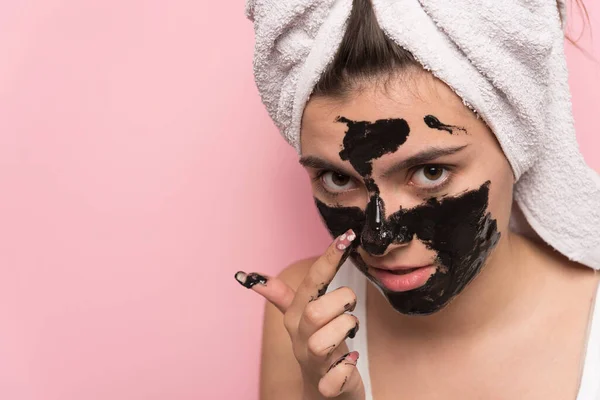
FAQs
What is slugging skincare?
Slugging skincare is a beauty trend that involves applying a thick layer of occlusive moisturizer, such as petroleum jelly, as the last step in your nighttime skincare routine. This technique is intended to lock in moisture and enhance the effectiveness of other skincare products.
How does slugging work?
Slugging works by creating a protective barrier on the skin, which prevents moisture loss and keeps the skin hydrated. This barrier helps to seal in the active ingredients from your previous skincare steps, allowing them to penetrate deeper and work more effectively.
Who can benefit from slugging?
Slugging is particularly beneficial for people with dry or dehydrated skin. It can also be helpful for those with compromised skin barriers, eczema, or other conditions that cause excessive moisture loss. However, it may not be suitable for individuals with oily or acne-prone skin.
How do I incorporate slugging into my skincare routine?
To incorporate slugging into your routine, follow your usual skincare steps, including cleansing, toning, and applying serums or treatments. Finish by applying a generous layer of an occlusive product like petroleum jelly. Leave it on overnight and cleanse your face in the morning.
Can I use any moisturizer for slugging?
While you can use various occlusive moisturizers, petroleum jelly is the most common choice for slugging due to its proven effectiveness in preventing moisture loss. Other options include lanolin, Aquaphor, or thick creams with similar occlusive properties.
Are there any side effects of slugging?
Slugging is generally safe, but it may cause breakouts in some individuals, especially those with oily or acne-prone skin. It is essential to use a non-comedogenic product and patch test before applying it to your entire face.
How often should I practice slugging?
The frequency of slugging depends on your skin type and needs. People with extremely dry skin might benefit from slugging every night, while others may only need to do it a few times a week. Monitor your skin’s response and adjust accordingly.
Can slugging be used with active ingredients like retinol or acids?
Yes, slugging can be combined with active ingredients, but it’s essential to ensure your skin can tolerate them. Apply your active ingredients first and allow them to absorb fully before applying the occlusive layer. If you experience irritation, consider reducing the frequency of active ingredients.
Does slugging help with anti-aging?
While slugging itself is not an anti-aging treatment, it helps maintain skin hydration and barrier function, which can improve the overall appearance of the skin. Well-hydrated skin tends to look plumper and more youthful.
Is slugging suitable for all seasons?
Slugging can be beneficial year-round, but it is particularly helpful during colder months when the skin is more prone to dryness. In warmer months, you might opt for a lighter occlusive product or reduce the frequency of slugging to prevent excessive greasiness.
Conclusion
In conclusion, slugging skincare, a trend that has gained immense popularity in recent years, offers a simple yet effective method for achieving deeply hydrated and radiant skin.
By sealing in moisture with a layer of petroleum jelly or similar occlusive agents, this technique helps to repair and protect the skin barrier, especially during the harsh winter months or for those with dry and sensitive skin types.
While slugging may not be suitable for everyone, particularly those with oily or acne-prone skin, its benefits are well-documented among those who experience chronic dryness and irritation.
